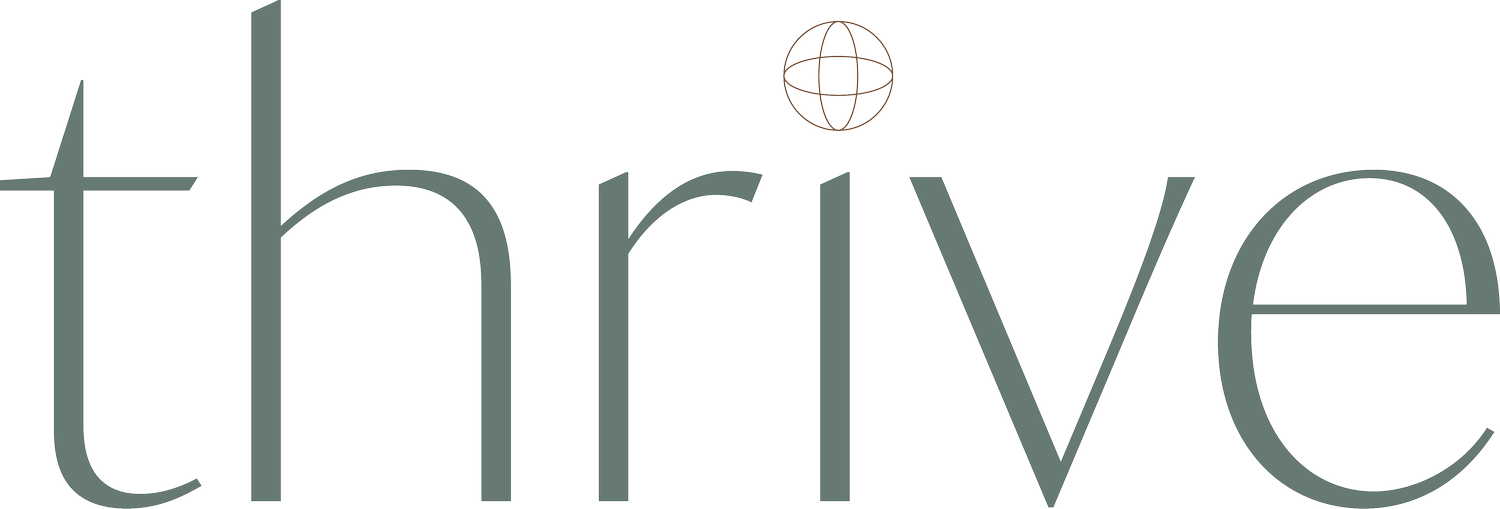Schroth Three Dimensional Scoliosis Therapy
Schroth Three Dimensional Scoliosis Therapy was developed by the German educator and rehabilitation specialist Katherina Schroth in 1921. Discouraged by the lack of conservative care in the management of her own scoliosis, Katherina systematically developed a functional approach that combines both neurophysiological and musculoskeletal elements to produce exacting affects on spinal alignment. This work became a forerunner in the field currently known as Scoliosis Specific Exercise.
Understanding that respiration is inhibited in the concavities of the spine and inspired by a balloon, Katerina devised the technique of orthopedic breathing to expand the collapsed aspects of the curvature. This ingenious approach makes use of the long lever arms of the ribs to produce corrective affects on the spine, promoting symmetry and altering alignment. Deep and specifically directed inhalations expand the ribs and produce mobilizing affects on the soft tissues and joints of the concavity. Slow resisted exhalations produce both strengthening and stabilizing affects that promote a posture that approaches the mid line. Specific reverse muscle actions of the limbs are performed during exhalation to produce corrective and stabilizing forces on the spine. The affects of the breathing exercises are carried forward into daily life through increased postural awareness and enhanced correction of alignment.
Schroth breathing exercises are performed in a variety of positions to vary the affects of gravity and weight bearing in facilitating a postural change. The spine is positioned in a fashion to mirror and reverse the scoliosis, at times over correcting as appropriate. Set up of the breathing exercises involve correcting each of the three dimensional aspects of scoliosis. Particular attention is given to elongation of the spine to build stabilizing forces against the compressive affects of gravity. After lengthening the spine the participant learns to make finely tuned motor control calibrations to reduce rotational affects of scoliosis. The orthopedic breathing of Schroth becomes highly impacting in conjunction with all of the prescriptive corrections that are made in setting up each exercise.
Scoliosis is the sum of the structural boney changes within the spine and the flexible, adaptive changes in postural alignment. The flexible postural aspect of scoliosis can be altered by positioning and exercise. Bringing posture closer toward the midline through active control and passive positioning can support the boney deformity in a way that diminishes curve progression. Schroth retrains the altered perception of posture that occurs with deviation in the center of gravity of the body that accompanies the shifting of the spine in scoliosis. The neurophysiological aspects of the Schroth exercises produce a brain training affect that retrains the true orientation of mid line. This is highly impacting in reducing the body’s shift into more scoliosis.
The physical therapy goals in the conservative management of scoliosis include halting curve progression and preventing surgery, addressing spinal pain syndromes, managing respiratory dysfunction, improving aesthetics and body image. In addition to Schroth physical therapists employ an array of manual techniques including joint mobilization, myofascial release, soft tissue mobilization, crainosacral therapy, visceral mobilization and neuromuscular stretching techniques.
To get started, you can email info@thrivept.com.


